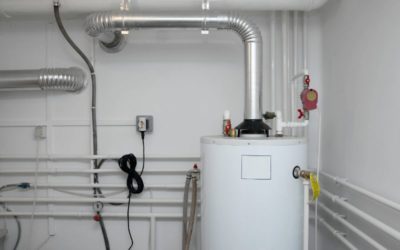When it’s time to replace your heating or cooling system, you’ll encounter a lot of industry jargon in the product information. Unless you’re a service technician, you might not know what the different acronyms and terms mean. Knowing what AFUE and SEER ratings are will help you make an informed decision about which HVAC system to buy. Read on to learn about these ratings and why they matter in Chesapeake, VA.
Discover the SEER Rating
SEER stands for seasonal energy efficiency ratio. It’s a calculation of how efficiently an air conditioner or heat pump transfers heat energy out of a building. SEER is the ratio of cooling output to energy input over the course of a whole cooling season. It ranges from 13 to 22.
Learn About AFUE Ratings
AFUE stands for annual fuel utilization efficiency. It’s a calculation of how efficiently a furnace converts energy into heat. AFUE is measured as a percentage. For example, a furnace with a 90% AFUE converts 90% of the natural gas or other fuel into heat, and 10% of the energy is turned into waste products. The highest available AFUE rating on new furnaces is 98%.
Know How Much You Can Save
The Department of Energy requires a minimum SEER of 13 for new heat pumps and central air conditioning systems. If you’re replacing a 15-year-old heat pump with a SEER of 10 with a new heat pump that has a SEER of 15, your heating and cooling costs could drop by 50%. Upgrading from a furnace with an AFUE of 80% to an AFUE of 98% could lower your heating bills by 20%.
When you’re replacing your HVAC system, you’ll have to choose between many convenient, energy-efficient and comfort features. The AFUE and SEER ratings are important because they show how efficient the system will be at heating or cooling your home. Selecting the system with the highest AFUE or SEER that you can afford will lower your monthly utility bills, saving you hundreds of dollars every year. Contact Smiley’s Heating & Cooling for more help when selecting a new HVAC system.




